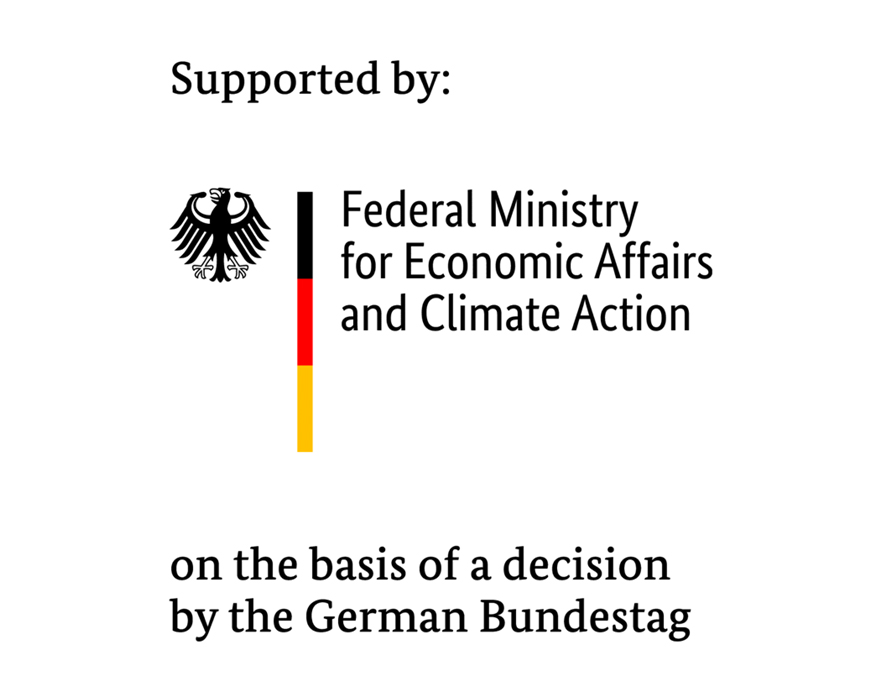| Funding: | Federal Ministry for Economic Affairs and Climate Action (BMWK) |
| Funding amount: | 671,912.00 EUR |
| Partner: | Bremerhaven University of Applied Sciences (fk-wind: Institute for Wind Energy) – project coordination, Fraunhofer Institute for Applied Optics and Precision Engineering IOF, Fraunhofer Institute for Wind Energy Systems IWES |
| Duration: | 12/2018 - 08/2022 |
- At present, the wind direction and speed at wind turbines are measured behind the rotor in a strongly distorted wind field.
- These data are not conclusive enough to enable predictive control of the turbine and allow load reduction.
- Within the scope of the IBOW research project, the project partners are therefore developing an expandable basic module for the point measurement of wind speed in front of the rotor which is as cost-efficient as conventional systems. which does not cost more than conventional systems.
In terms of the control systems for wind turbines, the same tried-and-tested sensors have been used as input channels for many years: Anemometers and wind vanes on top of the nacelle are used to measure wind direction and speed. Since the sensors are behind the rotor, the measurement is taken in a highly distorted wind field. These signals are sufficient for a conventional control system.
To reduce the loads occurring during operation of the turbine or to increase the energy yield using advanced techniques such as individual pitch control (IPC), technology is being developed with the aim of providing wind turbines with predictive controls. This requires the wind to be measured in front of the rotor.
In the IBOW research project, the project partners are developing an interferometric basic module for one-dimensional wind measurement for wind turbine control. A more efficient sensor is to record the wind speed at a set distance in front of the turbine rotor and forward this in real time to the turbine control system. This will make predictive control concepts possible from a technical and an economic perspective, provided that the costs of the new sensor technology do not significantly exceed those of conventional systems.
In a sub-project, Fraunhofer IWES is responsible for the smooth communication of the basic module with the typical interfaces (e.g., CAN Bus, Profibus, Ethercat, and Modbus TCP). For the purpose of the validation and verification of the complete system, it is also carrying out simulations, Hardware in the Loop (HiL) tests in the laboratory, and measurements on a real wind turbine. The task of the Fraunhofer IOF is, among other things, to develop a laser that is as simple and thus as cost-effective as possible. The project coordinator, Bremerhaven University of Applied Sciences is responsible for bringing together all the subcomponents to form a complete system and developing the optical measuring head, the analog-electronic front end, and the central control system for the basic module.
